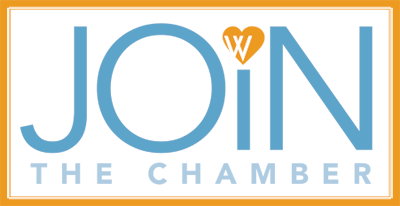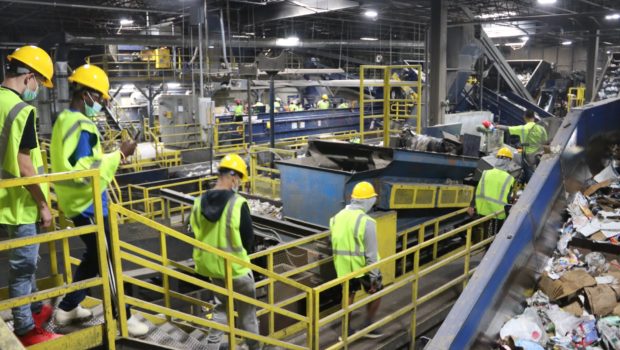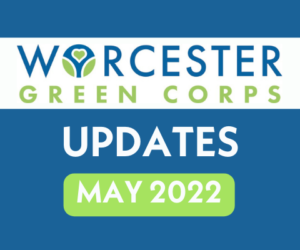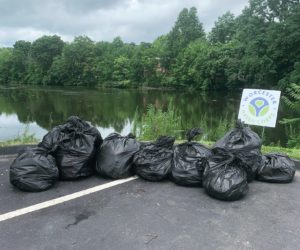Do you know what happens to your recycling once it leaves your curb? The answer might surprise you.
In the United States, only about 9% of plastic actually gets recycled, leaving an astonishing 91% to go to landfills, incinerators, or end up as litter in our oceans and streams. The reliance on single-use plastics around the globe is overwhelming our planet’s natural environments. Scientists estimate that by 2050, there will be more plastic than fish in the ocean when measured by weight. The problem isn’t necessarily the fault of the recycling plant or your city, but rather, the consumer who fills the recycling bin.
The responsibility to recycle a product really begins with the producer, who starts the life cycle of the product and puts it into the economy. The producer then shifts responsibility to the consumer, who then relies on the municipality and recycling centers to take care of the issue at the end of the line. Because we as consumers are closer to the beginning of this cycle, we have an opportunity to improve how we handle waste and change the outcome of our recycling practices.
The recycling rate in the U.S. is very low, largely because we are just not very good at recycling. Many U.S. residents are “wishful recyclers,” meaning they put something in their recycling bin hoping that it is recycled, or that they feel better about themselves and their environmental impact by putting items in the recycling instead of waste—even if that item is not truly recyclable. Wishful recyclers often don’t want products to end up in the landfill, so they try to ease their guilt by recycling.
Though usually well-intentioned, this practice is problematic for the recycling plants, delaying the sorting process and clogging up machinery. Because contamination rates are so high, it costs more to collect and treat recycling than it would for trash alone. If we truly want to support this process, it’s essential that households work to make the curbside recycling program more efficient and profitable for the next in line. That is: if we want to increase the rate at which curbside recycling products are actually being recycled, we must become better recyclers ourselves. Here are some tips to improve your household’s recycling purity:
No plastic bags
Plastic bags are not recyclable and are the most common contaminant in recycling bins. A conversation with Department and Public Works (DPW) Commissioner Jay Fink and Assistant Commissioner Robert Fiore confirmed that this is the biggest issue recycling plants face from Worcester’s curbside collection program.
Keep items loose
Items must be placed in a recycling bin rather than being tied up in a plastic bag. Not only are the plastic bags contaminants in the recycling stream, but it makes it very difficult to sort the recyclables once at the plant.
Combined materials are trash
Combined materials are a combination of different products that cannot be manually separated. They are difficult to recycle because the paper, plastic, glass, or metal, cannot be isolated and processed, and therefore cannot turn a profit for the recycling plant. Paper envelopes with plastic padding glued inside, milk cartons with plastic spouts, and Pringles cans are all examples. There are some items consisting of combined materials that can be manually separated, though, like tissue boxes and glass jars with metal lids. Once you separate those materials, most are individually recyclable.
Make sure it’s clean, empty, and dry!
This is one of the most important steps in the recycling process and is commonly overlooked by recyclers. Make sure the item you’re placing in the recycling bin is clean enough that it could be used again. I like to tell people that scrubbing with soap and water until it shines isn’t necessary, but that giving something a thorough rinse and leaving it on the drying rack will do the trick. Putting just one contaminated item in the recycling bin can contaminate not only your entire household recycling, but the whole truckload. One of the most common offenses that results in contamination is pizza boxes. Pizza boxes are typically covered in grease, making it impossible to clean for the recycling bin. It is therefore essential to remove the clean, recyclable lid, and trash the bottom part.
Flatten cans and boxes
This significantly helps DPW’s curbside program by reducing the amount of space that recycled materials take up. When I spoke with the DPW Commissioners, they highly encouraged this practice.
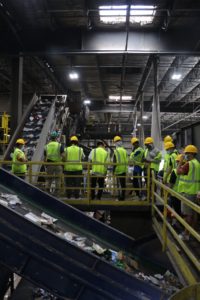
Worcester Green Corps youth workers tour Casella Waste Systems’ recycling center in Auburn during one of their summer 2021 educational sessions. Photo by Mason Rainford.
Worcester began curbside recycling in 1993 with our “pay-as-you-throw” program. Under this programming, Worcester residents pay for their household waste, but can recycle at no cost. This led to a much higher participation in recycling, because recycling was now free, accessible, and encouraged. As a result, many recyclable materials were successfully diverted from the waste stream. According to Mr. Fiore, we were much more efficient then because we were operating on a dual stream system. With dual stream, recyclers would separate their paper, plastic, glass, and metal products into separate containers for collection.
In 2010, the city switched to zero-sort recycling, meaning households put all their recyclables into one bin. After leaving the curb, the recyclables would be sorted and processed at the recycling center. While this is much easier for households, it’s led to an increase in wishful recycling; Now that consumers don’t have to consider which stream their product should go to, it makes it easier to just assume anything can go in the bin.
If you’re truly concerned about the waste issue, the best thing you can do is reduce your overall waste volume. Recycling is a great way for manufacturers to help us reduce the amount of waste that ends up in landfills, as it can be turned into new products to enter the economy once again. However, producers are often averse to the high prices of recycled materials, and it’s difficult for municipalities and recycling plants to turn a profit.
To best reduce your overall waste, you should avoid single-use items, reuse as much as possible, repurpose products, and try to compost. It’s also important to not think of recycling as the end-all be-all solution to the waste issue. Once a product leaves your home, it is waste, and should always be thought of as such.
Another great way to increase your household’s plastic recycling rate is to participate in the bottle deposit program. According to Mr. Fiore, there is up to $70 million in unclaimed bottle deposits in the Commonwealth of Massachusetts. While the Bottle Bill has been largely effective in its goal to encourage plastic recycling, it would be even better for households to increase their participation in this program. Not only does it ensure that your plastic will be processed, but it also reduces your curbside recycling volume and gives you back a little pocket change.
The good news is that for an urban area, Worcester is doing alright in terms of our recycling rates. Not great, but certainly not terrible either. Mr. Fiore thinks that for us to improve, education is essential. On Worcester’s new recycling bins, there are easy-to-read icons that show what does and does not belong in the bin. Additionally, there is a QR Code on the new bins that brings users to a website, allowing them to search for specific materials and determine if they do in fact belong in the bin. More information can also be found on the RecycleSmartMA website.
The City of Worcester is planning on distributing 55,000 of these new bins which have lids to prevent litter from spilling into the streets. So far, all of the Wednesday pick-up locations should have received their new bins, and another 12,000 are ready to be delivered. Worcester’s DPW hopes that by spreading this information and increasing awareness about how to best recycle, the city can improve the efficiency of our curbside program.
Miranda Hotham is the Worcester Green Corps Coordinator. She can be reached by email here.
This story was originally published in the February 2022 edition of Chamber Exchange: The Newspaper, a quarterly publication of the Chamber. All newspaper editions are archived here.


